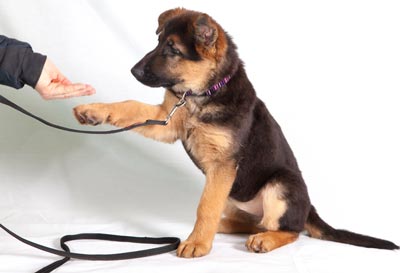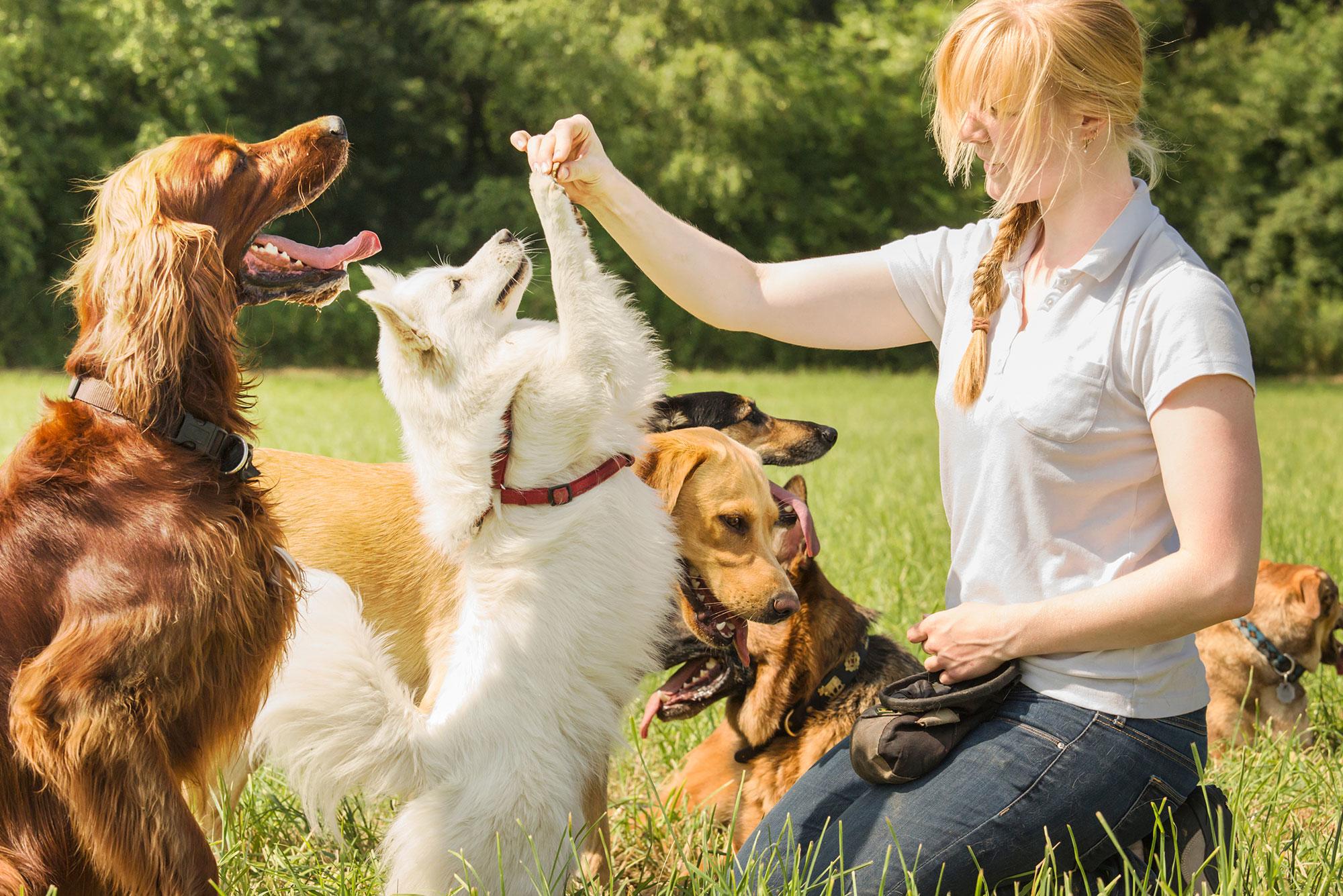How Dog Training Can Improve Your Pet’s Behavior Quickly
The Ultimate Overview to Pet Training: Change Your Pet dog's Habits
Effective pet training is vital for cultivating an unified relationship in between family pets and their proprietors. The complexities of canine habits and the application of structured training strategies play a critical function in this process. By recognizing the principles of favorable reinforcement, uniformity, and socialization, pet owners can browse typical obstacles that develop throughout training. This guide not just aims to furnish you with the needed tools to change your pet's behavior but also invites you to explore exactly how these foundational principles can lead to a deeper connection with your pet dog. What could be the initial step in this transformative journey?
Understanding Canine Behavior
Recognizing canine habits is necessary for efficient training and an unified relationship between pet dogs and their owners. A pet's actions is influenced by a mix of genes, environment, and experiences. Dog training. Identifying these elements enables proprietors to tailor their training approaches to fulfill the private needs of their family pets
Pets interact mostly through body movement, vocalizations, and faces. A wagging tail can indicate exhilaration or joy, while a tucked tail might signal fear or submission. Observing these hints enables proprietors to respond properly, enhancing positive habits and addressing unfavorable ones efficiently.
Additionally, comprehending the social structure of canines can supply insights right into their actions. Canines are pack animals, and they flourish in a structured atmosphere. Establishing clear limits and consistent regulations can stop confusion and advertise a feeling of safety.
Furthermore, identifying the all-natural reactions of pet dogs, such as the impulse to chase after or dig, is essential. These reactions can be redirected with appropriate outlets, such as play or exercise. By adequately understanding these behavior facets, owners can foster a favorable training experience, ultimately causing a loyal and well-adjusted canine companion.
Necessary Educating Techniques
Effective canine training counts on a selection of crucial strategies that can considerably improve the discovering procedure for both the proprietor and the pet. One basic strategy declares support, which entails satisfying desirable behaviors with treats, praise, or playtime. This approach encourages pets to repeat the actions that result in favorable results, promoting a relying on connection in between the animal and proprietor.
One more key technique is uniformity in assumptions and commands. Making use of the same spoken hints and hand signals assists the pet understand what is needed, minimizing confusion and advertising quicker learning. Additionally, developing clear borders and policies is critical for efficient interaction.
Socialization is also a vital element of training. Revealing pet dogs to various settings, people, and other animals helps them develop ideal social skills and lowers anxiousness in unknown situations.
Lastly, patience and timing are important. Training sessions must be constant yet quick, ensuring that the canine continues to be involved and responsive. By using these crucial techniques, proprietors can produce a positive and organized training experience that advertises etiquette and reinforces the bond with their canine buddies.
Creating a Training Arrange
How can a well-structured training timetable boost a dog's understanding experience? A training timetable offers uniformity, making certain that pet dogs receive regular, concentrated instruction. This predictability assists pets understand what is anticipated of them, reinforcing their learning and enabling better retention of commands and behaviors.
When producing a training routine, it is necessary to take into consideration the canine's age, breed, and individual temperament. Youthful young puppies may take advantage of shorter, much more constant sessions, while adult dogs may flourish with longer, much less frequent training periods. Incorporating a selection of tasks can also keep the sessions involving, stopping dullness and promoting interest for understanding.
In addition, organizing training sessions at specific times of the day can assist solidify a routine. For instance, combining training with daily walks or play can produce a favorable association with understanding. It is also essential to consist of time for support, such as treats or praise, to compensate desired behaviors promptly.
Lastly, adaptability is key. While consistency is essential, being versatile to the canine's state of mind or energy degree can boost their discovering experience. A well-crafted training timetable eventually lays the foundation for effective interaction and a more powerful bond between the pet and owner.
Typical Training Obstacles
In spite of having a well-structured training routine, pet owners typically run into numerous obstacles throughout the training procedure. One common concern is inconsistency in commands and signs. When numerous member of the family utilize different terms or tones, a pet dog might become baffled, hindering visit the website its capability to discover successfully.
An additional constant challenge is diversion. Dog training. Canines are naturally curious creatures, and exterior stimulations such as various other pets, sounds, or people can divert their focus during training sessions. This calls for proprietors to create a regulated atmosphere or progressively introduce interruptions to reinforce focus
Additionally, varying energy degrees can impact training end results. High-energy canines may struggle to settle and focus, while a lot more easygoing types might require added inspiration to involve. Tailoring the training method to fit the individual canine's character is crucial for success.

Structure a Strong Bond
A solid bond in between a pet dog and its owner visit this page is essential for successful training and total health. Dog training. This relationship fosters trust fund, which is critical for reliable interaction during the training process. When a dog really feels safe and secure and linked to its proprietor, it is extra likely to react favorably to cues and commands
To build this bond, consistency is essential. Developing a regimen that consists of normal feeding, exercise, and training sessions assists produce a sense of stability. Additionally, favorable support methods, such as treats, appreciation, and play, strengthen wanted actions while reinforcing the emotional connection.
Socialization is one more essential element of bond-building. Subjecting your pet to different environments, individuals, and various other pets aids them really feel more comfy and positive, my site improving the bond with their proprietor. Taking part in activities together, such as strolling, playing bring, or taking part in obedience training, advertises synergy and shared enjoyment.
Conclusion

Recognizing pet dog behavior is vital for effective training and an unified partnership in between dogs and their owners.Efficient dog training depends on a range of essential methods that can dramatically boost the understanding procedure for both the pet dog and the owner.In spite of having a well-structured training schedule, dog proprietors frequently come across various obstacles throughout the training process.In conclusion, efficient pet dog training counts on a comprehensive understanding of canine behavior, the application of vital methods, and the establishment of a structured training schedule. By highlighting positive reinforcement and uniformity, dog owners can dramatically enhance their family pets' behavior, ultimately making certain an unified connection and promoting the health of both the dog and its atmosphere.